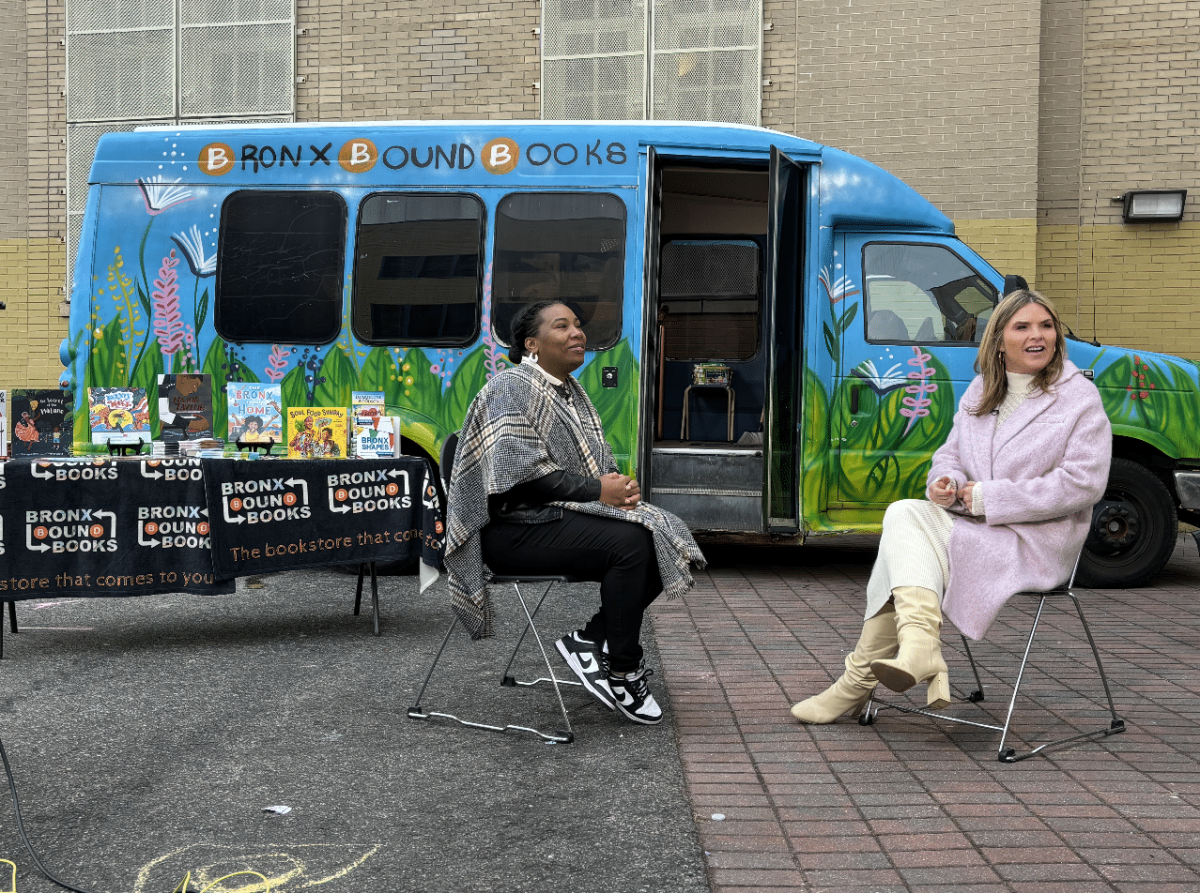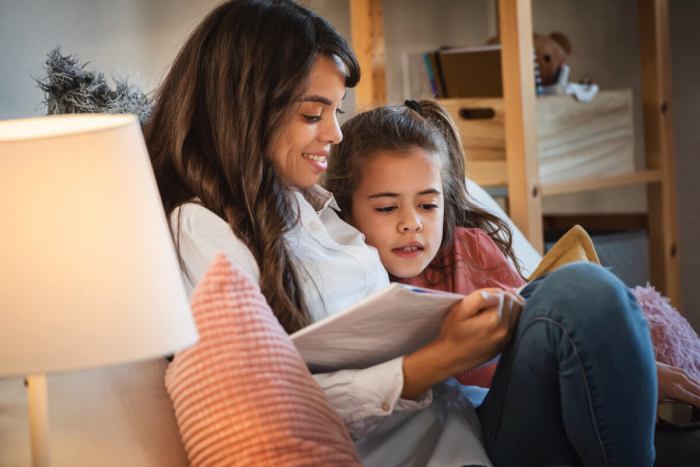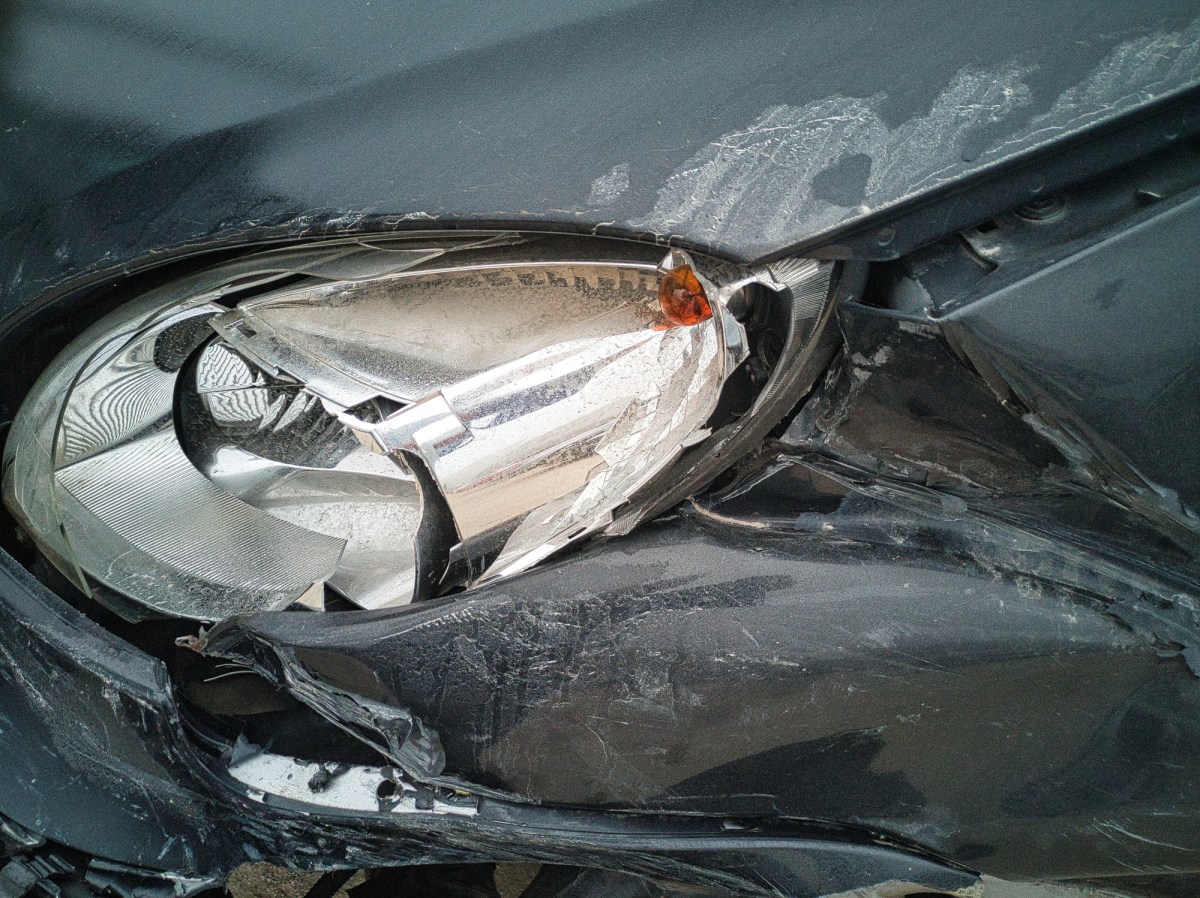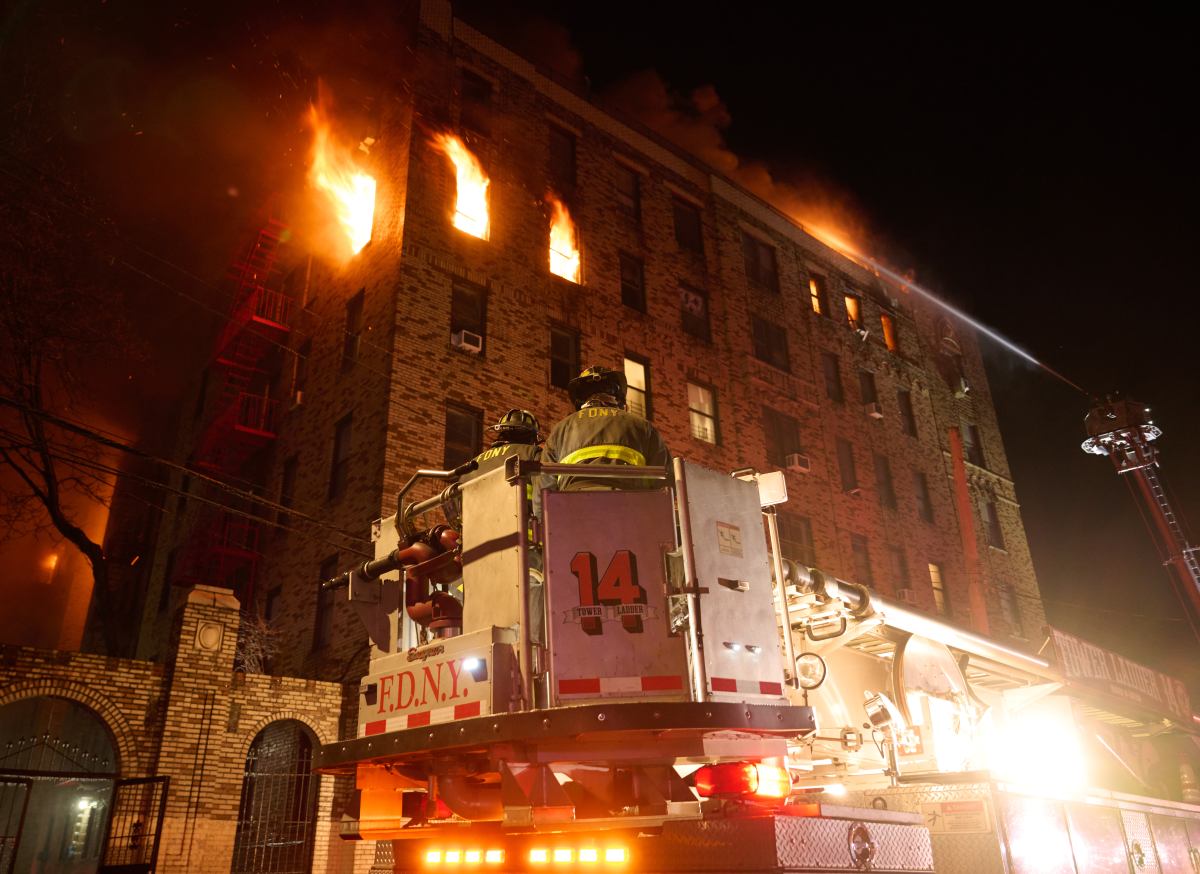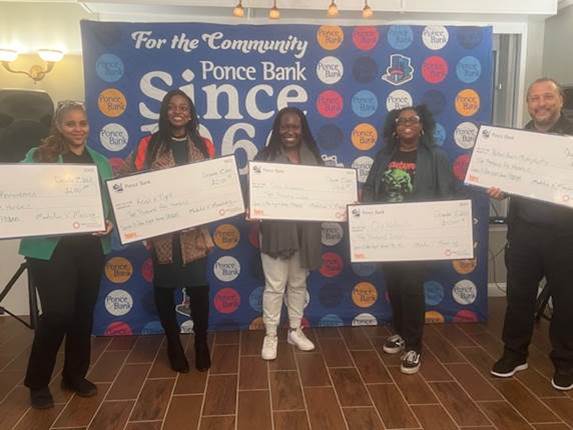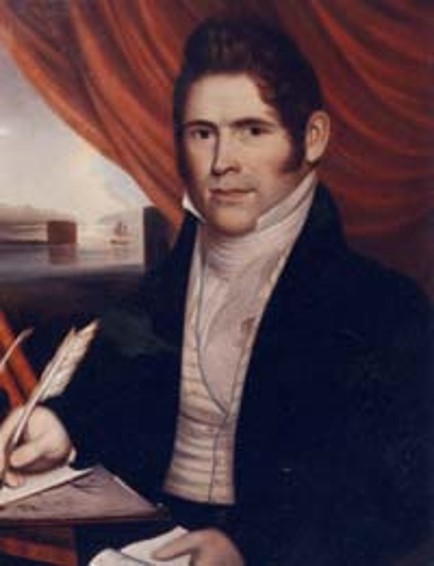Navigating the public school system can be tough. However, the NYC Department of Education (DOE) has resources available for families to help make the process a little easier. Deputy Chancellor of Family and Community Engagement Melissa Aviles-Ramos is putting it out there that these resources, including language access, parent leadership opportunities and community education councils, are available and accessible to public school families throughout the city.
Aviles-Ramos spoke with amNewYork Metro about some of these services and how she feels they help public school students and their families thrive.
“We want to make sure our families know everything that’s available to them so they can take advantage of it,” Aviles-Ramos, who was appointed to the deputy chancellor role in July, said.
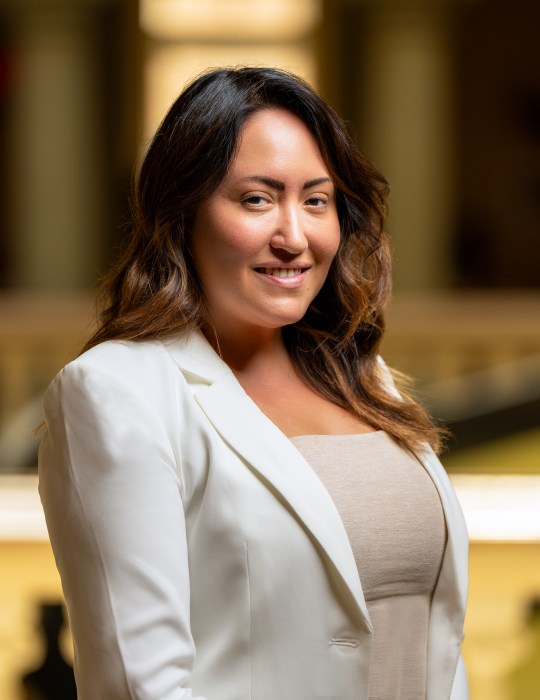
The Office of Language Access (OLA)
This office is designed to help families who communicate in languages other than English. Primarily, it offers document translation for health forms and notices, emergency contact forms, letters and flyers. Parents can request to have documents such as these sent home with students in one of nine languages, in addition to English: Arabic, Bengali, Chinese, French, Haitian Creole, Korean, Russian, Spanish and Urdu.
“We also provide interpretation services for central events like enrollment, parent engagement events and community education council town halls,” Ramos explained. “We also coordinate over the phone interpretation services and in-person interpretation to help schools communicate with families.”
NYC Reads Family Programs
NYC Mayor Eric Adams and Public Schools Chancellor David Banks launched NYC Reads in 2023 to encourage reading and make literacy a core priority in public schools. The initiative includes professional development for educators and new curriculum materials for students.
But parents can get involved in many ways, too, Aviles-Ramos said. For example, parents and families can participate in the NYC Reads Ambassador program to weave reading into their local communities. Parents learn how to build literacy skills with their children at home and have opportunities to share reading events in their neighborhoods.
The program has so far enrolled 1,200 parents into the program.
“We’re teaching them about the science of reading, such as phonics, and giving them strategies that they can use at home to help their children become better readers,” she said.
Some of those strategies parents can use include attending school open houses, asking children about their work and reading at home together.
The DOE also partners with local businesses to bring NYC Reads into communities. The program creates fun “reading hubs” where children can read and enjoy story time in barber shops, shops and other non-traditional reading locales outside of school, libraries and the home.
“We want to identify authentic spaces where families go frequently — not to say that they don’t go to libraries — but we know that they are going to laundromats and barber shops, and we know that they are talking to other families,” Aviles-Ramos said. “And so for us, it’s about identifying these spaces that are essential for families’ lives and making sure we’re making this information accessible in those spaces.”
The hubs are only active right now in School Districts 5, 6, 12 and 23 in Manhattan, Bronx and Brooklyn.
Community Education Councils (CEC)
CECs are essentially the equivalent of schools boards, Aviles-Ramos said. CECs act as policy advisory boards that have various responsibilities, including reviewing and evaluating district educational programs and holding public hearings on an array of topics.
There is a total of 32 CECs in the city, one for each community school district representing pre-K through eighth-grade students within its district. There are four citywide councils that include high schools and special education, too.
Read more: Arrest Made in 2024 Lower Manhattan Sneaker Reseller Murder






